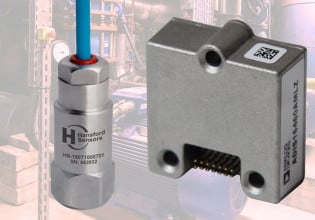C
Recently our MARK VIe is shutdown for carrying some welding jobs by mechanical in GT shutdown. after completion of jobs, MARK Vie was powered on. after power on, R controller didn't come online. where as the S, T are in online & designated controller LED is off in all the three controllers. no data coming in cimplicty as DC is not determined.
finally with BGGTS help, we have downloaded the firmware, application code from EWS. finally R controller came in line & R became DC.
why it happened? as a usual practice, we are switching off the MARK VIe for doing the welding jobs in GT & this is the first time controller got failed after power off.
please explain, why it could happen?
finally with BGGTS help, we have downloaded the firmware, application code from EWS. finally R controller came in line & R became DC.
why it happened? as a usual practice, we are switching off the MARK VIe for doing the welding jobs in GT & this is the first time controller got failed after power off.
please explain, why it could happen?






